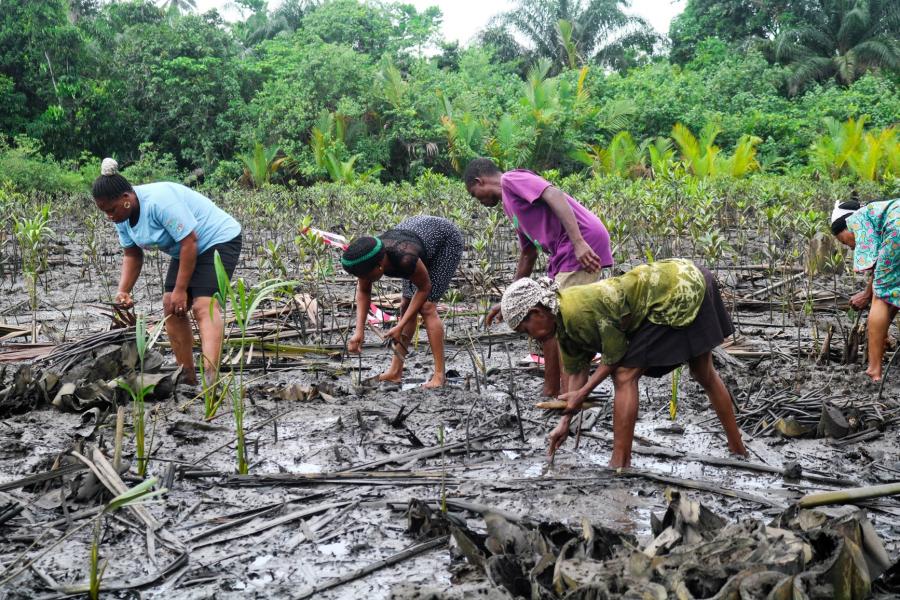By Rob Percival
Each year members of the Blackfoot Confederacy come together to celebrate the Sun Dance. The ceremony takes place within a circular space, enclosed by tipis. Participants sing and dance; men fast and pray. A bundle of sacred objects is passed. At the centre of the dance is a circular lodge. Geoff Crow Eagle, a member of the Blackfoot community, explains that the ceremony is performed to renew his people’s relationship to the cycles of the cosmos. “Our great circle system, our great dance, is a ceremony, a language, a way of speaking with the universe.” The dance speaks to the cycles of nature, to the rotation of moon and season, to the movement of the skies; through the dance the Blackfoot renew their relationship to the great cycle of time.
Every culture understands time differently. This understanding gives rise to a certain way of thinking and speaking; it shapes the social, physical and cultural life of a community, and may even unify diverse social groups. ‘Blackfoot’ is a loose term that encompasses four distinct groups of Indigenous Peoples living upon the plains of Montana and Alberta in North America: the South Piegan (or Pikuni), the Blood (or Kainai), the North Peigan, and the North Blackfoot (or Siksika). By participating in the Sun Dance each year, these groups reaffirm their bonds with one other and with the passage of time; “that great circle that unites us all.”
The great circle is known to Indigenous people the world over. The Maasai of northern Tanzania live according to a cyclical calendar that is divided into two halves according to the moon: first the waxing fortnight of evening ‘Lightness’ (Ne-ibor) when the moon rises during daytime, and then the waning fortnight of evening ‘Darkness’ (Ne-imin) when it rises after sunset. Ritual and social ceremonies are arranged to coincide with certain days within the period of Lightness that are known to be particularly favourable. The Maasai time cycle even extends into space, determining the manner in which villages are built and arranged.
Like many Indigenous people, the Maasai conception of time is distinct to their culture and is quite different to what may be called ‘Western’ time. Western time is that understanding of time that grew out of Western Europe and has prevailed across much of the world since the Industrial Revolution. Western time is founded on a calendar of 12 months, January to December, and a day divided into 24 regular hours. Western time is centred upon the Royal Observatory in Greenwich, London, and claims the title of ‘Coordinated Universal Time’ (UCT). But Western time it is certainly not universal, for Indigenous people experience time in myriad different ways.
While Western time is sequential and divided into regular, mechanistic intervals (the tick-tock of the clock), Indigenous time is embodied in the natural world and natural processes, in a specific locale and environment. The second month of the Maasai ‘drizzling season’ is named Kujorok, which means, “The whole countryside is beautifully green, and the pasture lands are likened to a hairy caterpillar.” For the Ongee of the Andaman Islands, the universe is defined by smell; their calendar is constructed on the basis of the odours of flowers which come into bloom at different times of the year. The Blackfoot buffalo hunt was once timed according to the appearance of the Pleiades.
Western time is thought of as being independent of nature and independent of human activity, and so humans may not interact, touch or influence the passage of time, but for the Blackfoot, time is dynamic and animate. Some members of the Blackfoot community rise each morning before dawn to pray for the rising of the sun. The dawn prayer is undertaken because humans have an obligation to participate in the time cycle, which is part of the great cycle of the cosmos. The prayer, as Geoff Crow Eagle puts it, is “a way of speaking with the universe.”
Western time has a single linear flow: past-present-future. In this flow the past is gone and the future does not yet exist. Maasai identity, however, is founded on the sense of being rooted in the life of previous generations, and so the past remains vibrant and close at hand. Ilparakuyo Maasai posses an oral history that traces their genealogy back nine or ten generations, with a high degree of accuracy, to the mid 17th century.
As the Maasai look back in a distinctive manner, so the Blackfoot experience the future in a unique way. F. David Peat, a British physicist who participated in the Blackfoot Sun Dance, said that one of the most extraordinary things about the Sun Dance ceremony was that it did not take place at a pre-ordained time, but occurred spontaneously, when the ‘time was right’. He asks, “Could it be that the Sun Dance that lay many days in the future already existed and was calling people towards it?” The ceremony seemed to him as a stone thrown into a still pool, whose ripples reverberate from the centre. The ripples unfold into the future and call back into the past, and as they reach into the past they draw the Blackfoot forwards, towards the moment when - with a spontaneous splash - the dance commences.
For Indigenous Peoples, time is a source of social identity and a locus of political power. In the misty Lacandon Jungle of Chiapas, Mexico, the Indigenous Peoples united behind the banner of the Zapatistas have adopted the caracol, the snail, as their organizing principle. A building named the caracol stands at the centre of each village. Conversations and ideas spiral out, in the manner of a snail shell, from the centre to the community; an arrangement that harks back to the ancient Mayans, who used a conch shell as a horn to summon the community together. The Zapatistas explain that the caracol gives shape to the process of communal decision-making. “We, as Indians, have rhythms, forms of understanding, of deciding, of reaching agreements.” But the rhythms of the caracol have brought the Zapatistas into conflict with the Mexican authorities, who have demanded that negotiations over political control of Zapatistan territory take place to strictly regimented deadlines. “They understand us backwards,” Comandante Tacho explains. “We use time, not the clock.”
The Right to Time is not explicitly articulated by any international human rights instrument, but it may be recognised as a vital cultural right for Indigenous people. The principle of ‘free, prior and informed consent’ is designed to protect Indigenous Peoples from corporate businesses and governments who may exploit their lands, territories and natural resources, but realization of this principle depends on Indigenous people being granted the time, their own time, to deliberate and decide in a manner appropriate to their community.
The Right to Time would recognise the role that time plays in every cultural worldview. The language of ‘progress’, so prevalent in modern politics, may then be recognised as being founded on a distinctly Western conception of time. Under the banner of progress, Indigenous Peoples have been variously misconstrued as backward, archaic, lazy, or in need of modernizing; they have been dispossessed of their lands and subject to a colonialism of the clock at the hands of conquistadors and missionaries who bring watches as ‘gifts’.
The Right to Time would recognise that the globally dominant understanding of time, which I have been calling ‘Western’ time, is perfectly legitimate, but is only one view among many. For there is also the time of the Sioux Dakotas, imagined as a coiled serpent, and the time of the Pira Paraná, which is a great circular river. There is time textured, time animate, and time told by the blossoming of a flower. There is time drawn in tides, fluid and riverine, the Dreamtime of Aboriginal Australia and the moon time of the Maasai. There is the time of the Blackfoot and there is the sacred Sun Dance space; time felt as ripples upon the surface of a pool, lapping against the skin.
Rob Percival is a freelance writer and researcher based in London, UK. He can be reached at rob-percival@live.com.
Photos:
Maasai tribesman in the Sambura Hills, Kenya. Photo by Poncho.
Blackfoot child in ceremonial circular head dress, at a Blackfoot powwow in Montana, USA. Photo by Paul Chelsey.




